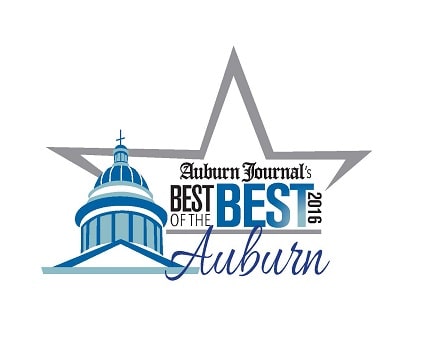

Slippery Ford to Strawberry on the Lincoln Highway, part 5ĭog Valley to Truckee on the northern route of the Lincoln Highway, Part 4 Strawberry on the Lincoln Highway's southern route, part 6.Ī crossroads on the northern route of the Lincoln Highway, Part 5 Georgetown Junction, historic crossroads along the Lincoln Highway Horse team carrying sand for the construction of the Mountain Quarries RailroadĪ busy day at Baxter along old Highway 40 Iowa Hills William "Seattle Bill" James, baseball legend More information about Placer County’s Citrus Colony can be found here.Įmigrant Trail at Caples Lake, Alpine Countyįollowing the Lincoln Highway at Zephyr Cove, Nevadaīowman crossing and a newly found alignment of the Lincoln Highway. Eventually, some colonists headed back to England while others ended their farming careers for other ventures. They were also the 1898 champions of the state.Įventually, the fruit prices started to drop as the depression of the 1890s worsened, and the colonists’ lack of farming experience began to take its toll. 'Pictured above is the Citrus colony’s 1895 cricket team, which was unbeaten in the State of California. Twelve wealthy families arrived from England and built homes, a clubhouse, tennis courts, and even a cricket field. He decided to build a colony for people who shared his love of that life. Joel Parker Whitney was a local citrus and grape grower who had traveled to Europe and had an affinity for English country life. This was the beginning of the Penryn/Loomis/Rocklin citrus industry. It was below the extreme cold of the mountains but high enough in the foothills to ripen earlier than other citrus regions in California, giving these fruits a head start for shipping back east by rail. Moses Andrews of Auburn started Placer County’s citrus industry when he planted a seedling citrus tree in 1871. I’ve posted a map, The Georgetown Divide in 1873, and marked where the town was. Long Valley School still stands at the corner of Auburn Folsom Road and Rattlesnake Bar Road and is used as a community hall. Leaving Long Valley heading south on Rattlesnake Bar Road, you would have crossed the old Rattlesnake Bar Bridge, which we have written about before. Long Valley was located on the Auburn Sacramento Road, a mile or so south of Auburn. One resident of Long Valley, born in 1893, was Clark Ashton Smith, writer and artist most famous for his fantasy writing along the vein of H. Be sure to check out the old-school lunch/water buckets. You’ve got the older boys looking mischievous at the right while numerous younger kids look like they will burst out laughing at any moment. The fun is taking a closer look at the photo and the kids. The teacher, looking very professorial, is enjoying a drink of that cool Long Valley water. We see kids from the school enjoying their lunch around the school well.
#Auburn journal archives full#
This photo from the Placer County Museums is full of personalities who once inhabited Long Valley, with a population of around 60. When the soldiers that survived return, everything will change as we transition from one era to another, the roaring 20’s! World War I is raging in Europe, and many of the hometown boys are off fighting. I do think we can see a couple of auto’s further down the road. Interesting to note that people still used horses and wagons in 1916, as the first three vehicles we see are buggies. It looks like the water wagon may have passed by recently, keeping that nicely graded roadbed from becoming dust. Not a lot of traffic on what appears to be a summer day, as the trees a fully leafed out. Better enjoy that beer, as prohibition will begin in just a couple of years, 1919. There is a bar just further down, which, according to the sign out front, sold beer for 5 cents, and beyond the bar is the Peerless Cleaners and Dyers. Railroad Street in 1916 was the Lincoln Highway, bringing people and autos from the rest of the country as far as New York. The horse and buggy were doomed and best to transition while the transcontinental highway passed in front.

To the left, we see a Livery, Feed, and Auto Service, which was a logical choice for the livery as the new automobile made its appearance. We were looking down Railroad Street from the Freeman Hotel, Auburn.


 0 kommentar(er)
0 kommentar(er)
